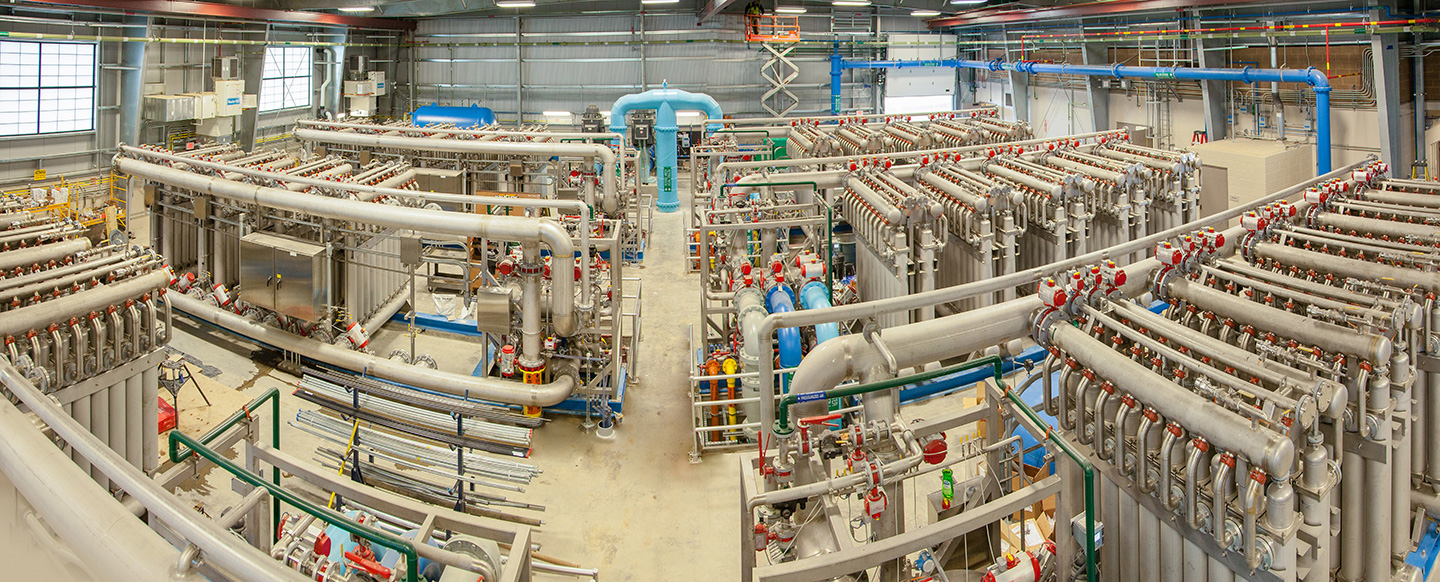Surface water, drinking water, raw water, recycled water, brackish water, wastewater…where is it all going? This is the crux of the One Water paradigm, which is a way of thinking about water, recognizing that each drop has value. As we experience dwindling fresh water supply and competing uses, we place more importance on the quality of the water based on where water is going and what it’ll be used for versus where it originated. This process opens the door towards greater water sustainability. That means protecting the existing resources and using the right level of treatment for the right end use. In Florida, state and local leaders are using this terminology—One Water—an integrated management approach that recognizes all sources of water, because it all is water. Recycling water is part of the solution to address water scarcity, stressed natural systems, algal blooms, and water quality degradation, coupled with impacts of population growth. In Florida, the One Water public engagement effort is an initiative to highlight the benefits of recycled water, how it can safely support the protection of Florida’s water resources, and the role of recycled water as a source of drinking water supply in the future.
Putting One Water to Work
Across the country you’ll find states getting creative with the source of water for potable supplies and leveraging treatment technologies to meet the end use. For example, there’s a desalination plant in California that converts oceanwater into clean, potable drinking water. Many of our offices across the country have worked on water reclamation projects that also seek to solve this problem. A few examples include:
- The McIntosh Park Integrated Water Master Plan Phase I Feasibility Study in Plant City, Florida, where we’re investigating a 150-acre expansion of treatment wetlands to increase stormwater storage and treatment capacity, and beneficially reusing reclaimed water to sustain the wetland hydroperiods.
- A private residential development in Sarasota, Florida, where we’re using surface and groundwater for irrigation purposes. Traditionally, stormwater was funneled through a drainage system. Now, we are storing that water and maximizing the groundwater and reclaimed water resources by using it for blending with high TDS groundwater and reclaimed water for irrigation.
- Polk County Direct Potable Reuse Demonstration Project, where we’re conducting a pilot study that will determine the advanced treatment necessary for reclaimed water to become a supplemental source water to a potable water production facility. As traditional groundwater sources become less available in certain parts of the country, direct potable reuse may become an essential alternative water source.
- The Rueter-Hess Water Purification Facility in Parker, Colorado
- The Oxford Wastewater Treatment Plant in Oxford, North Carolina
 The Rueter-Hess Water Purification Facility in Parker, Colorado, converts local surface water, alluvial water, and water recycled from reclamation plants into drinking water through ceramic membrane filter technology.
The Rueter-Hess Water Purification Facility in Parker, Colorado, converts local surface water, alluvial water, and water recycled from reclamation plants into drinking water through ceramic membrane filter technology.
Adopting a One Water mindset allows us to view water as it is, an interconnected and somewhat renewable resource as the technology to clean water has advanced greatly over the last 20 years. ”
Amy Tracy, Robert Beltran, and Matt O’Connor
Adopting a One Water mindset allows us to view water as it is, an interconnected and somewhat renewable resource as the technology to clean water has advanced greatly over the last 20 years. When we understand that every drop has some value, it provides a peace of mind that the future of our water supply isn’t as desolate as it once seemed. While fresh water is still a limited resource and it’s imperative that we continue to protect it and use it wisely, it’s exciting to see that many places are adopting a mindset that leads to resilience and sustainability.